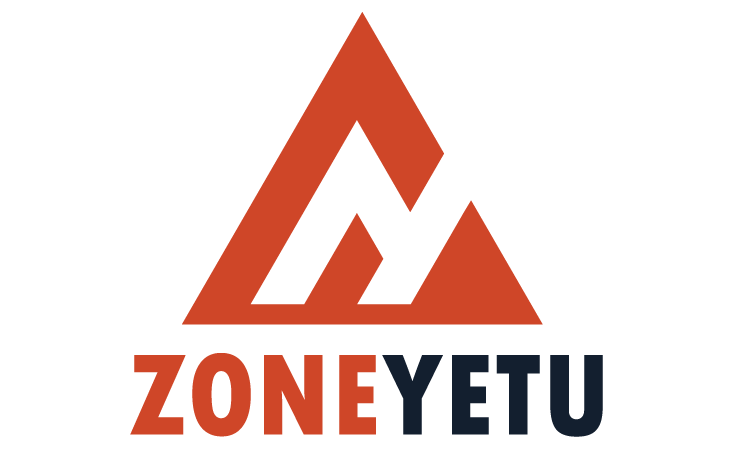
DR Congo: How the FDLR kidnaps and recruits youngsters
The genocidal group FDLR forced Celestin Nahimana to join them in the Democratic Republic of Congo (DRC) woods when he was just 14 years old. He suffered abuse, was brainwashed with ideas of genocide, and was coerced into engaging in criminal activity and fighting for years.
Numerous organizations, including the UN Security Council, have issued reports denouncing the FDLR’s decades-long crimes against humanity, which include the kidnapping and use of child soldiers.
The FDLR, a UN-sanctioned paramilitary group that has been active in the Democratic Republic of the Congo for the past 30 years, is primarily made up of those who carried out the 1994 Rwandan Genocide against the Tutsi.
Born in Rwanda’s Eastern Province’s Nyagatare District, Nahimana grew up seeing his parents go to and from the Democratic Republic of the Congo for agricultural work. His mother stayed behind permanently after his father became unwell and died after one such journey to Masisi, North Kivu.
The sixth of eight children, Nahimana was one of the few that his parents brought to the Democratic Republic of the Congo.
“I was a student before the conflict between the DRC government and M23 started,” he recalled. He was not voluntarily recruited into the FDLR.
After school, I used to sell airtime by the side of the road. They came by one day, made me carry their food sacks, and made me follow them. New recruits were being brought in for military training. They wouldn’t let us return.
Indoctrination and brutality
Nahimana, now 17, told The New Times that FDLR soldiers taught them how to use weapons and made them hate the Rwandan government. They knew exactly what they wanted to do: train fast to battle M23 and then launch an attack on Rwanda.
There was almost no chance of escape. He saw other trainees put to death for attempting to escape.
Five kids tried to flee after we moved to Nyamuragira from Masisi, where we had completed our military training. Three more who were apprehended in Mugogo were also killed, and two were put to death at the camp,” he claimed.
To discourage others, the FDLR commanders branded them traitors and used them as an example.
Nahimana was one of 169 recruits assigned to the elite FDLR special unit known as Commando de Recherche et d’Action en Profondeur (CRAP). In addition to fighting, they had to take animals, which the militia leaders sold, and the recruits got nothing but boots every now and then.
He declared, “They would beat us if we dared to ask for money.”
A last-ditch getaway
Nahimana had the opportunity to talk on the phone with his older brother, who had stayed in Rwanda, whenever he went to see his mother. He was persuaded by his brother that returnees were not put to death in Rwanda, despite what the FDLR claimed. Rather, he gave instructions on how to cross the border safely.
He struggled to find the will to flee, but in December 2024, when M23 and the Congolese army were engaged in fierce combat, an opportunity presented itself. After spending a day on the battlefield, he silently put down his weapon, changed into new clothing, and left without anyone noticing.
He arrived at a MONUSCO camp on January 2, which made it easier for him to return to Rwanda a week later.
“I saw nothing negative in Rwanda.” He remarked, “It is entirely different from how they described it.”
A fresh start
At the Rwanda Demobilization and Reintegration Commission’s Mutobo center, Nahimana is presently undergoing reintegration. The center gives former fighters occupational skills for self-reliance and civic education to oppose violent beliefs.
The program has completed 72 demobilization cohorts since its inception in 2001 and is currently getting ready for two more. It has given 12,489 former soldiers a second chance at life after the battlefield through rehabilitation to date.
All Categories
Recent Posts
Tags
+13162306000
zoneyetu@yahoo.com



